The Standard Model (of Particle Physics) Explained
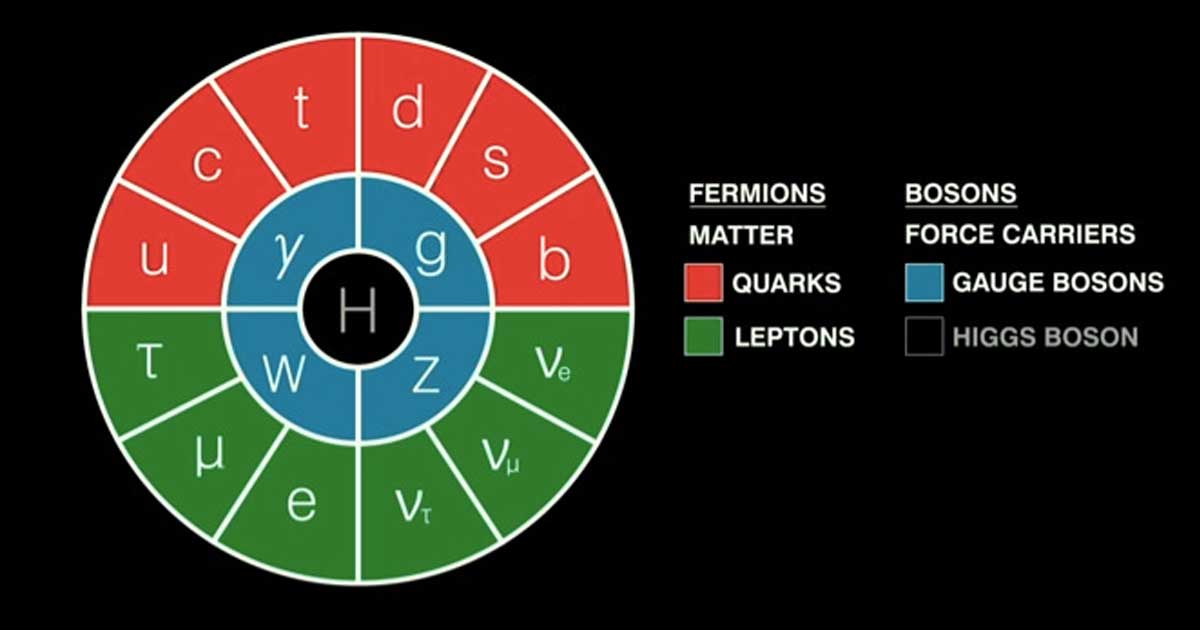
We explain the standard model of particle physics in simple terms for non-experts using videos, facts, and bullet points.
The Physical Sciences are branches of science that study non-living systems including Astronomy, Chemistry, Earth Science, and Physics.

We explain the standard model of particle physics in simple terms for non-experts using videos, facts, and bullet points.
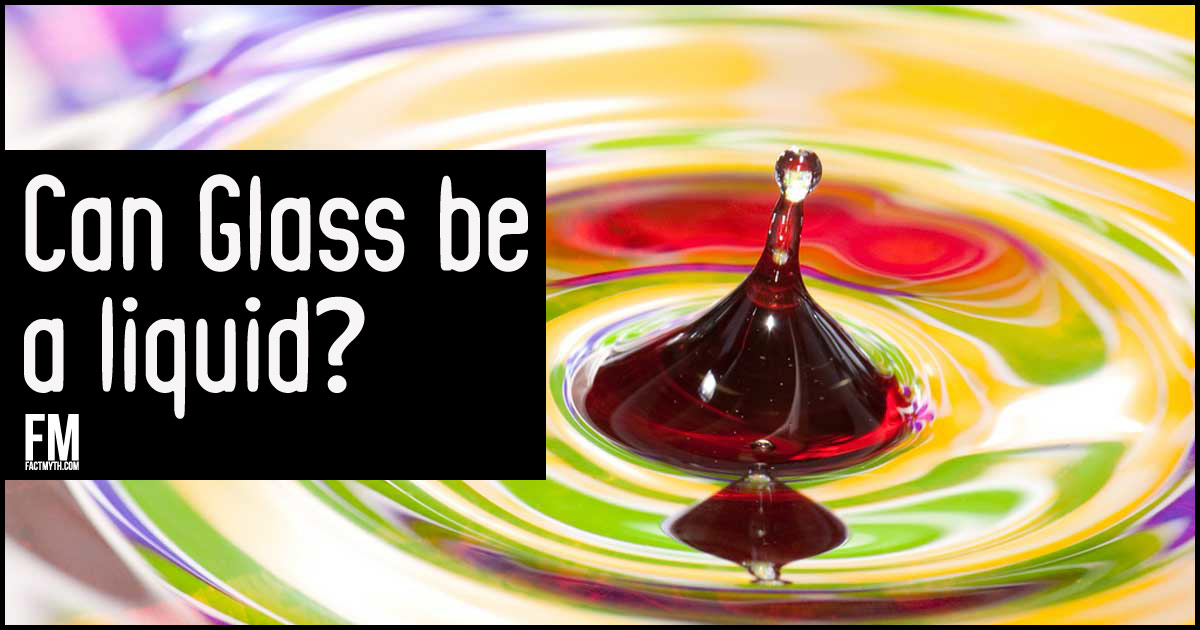
Glass, in any form, is not a liquid or a supercooled liquid, and it does not “flow” in its solid state. Glass is considered an amorphous solid, or just “glass.”

Fluoride is a name for several fluorine compounds. Fluoride is good for oral hygiene in small doses, but extremely dangerous and toxic in large doses.

Hot water can freeze faster than cold water, but it does not always do so. This “Mpemba effect” may be related to “supercooling”, but that hasn’t been proven yet.

Aspects of astrology are rooted in the science of astronomy and the academic tradition, but today astrology is considered a pseudoscience.

There is no visible “plastic island,” or “garbage patch” in the ocean. Instead, large low-density patches of plastic particles are caught in the ocean’s major gyres below the water’s surface.
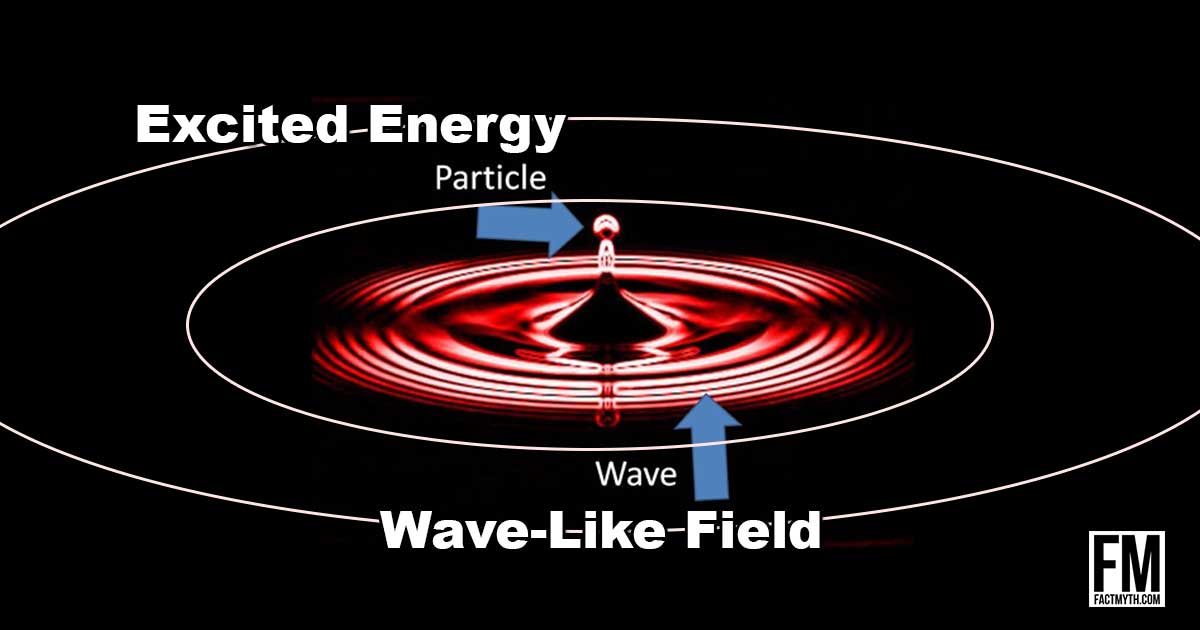
Light is a particle (a photon), that acts like a wave (“both a particle and a wave”), which can be measured as an excited quantized state of the electromagnetic field.
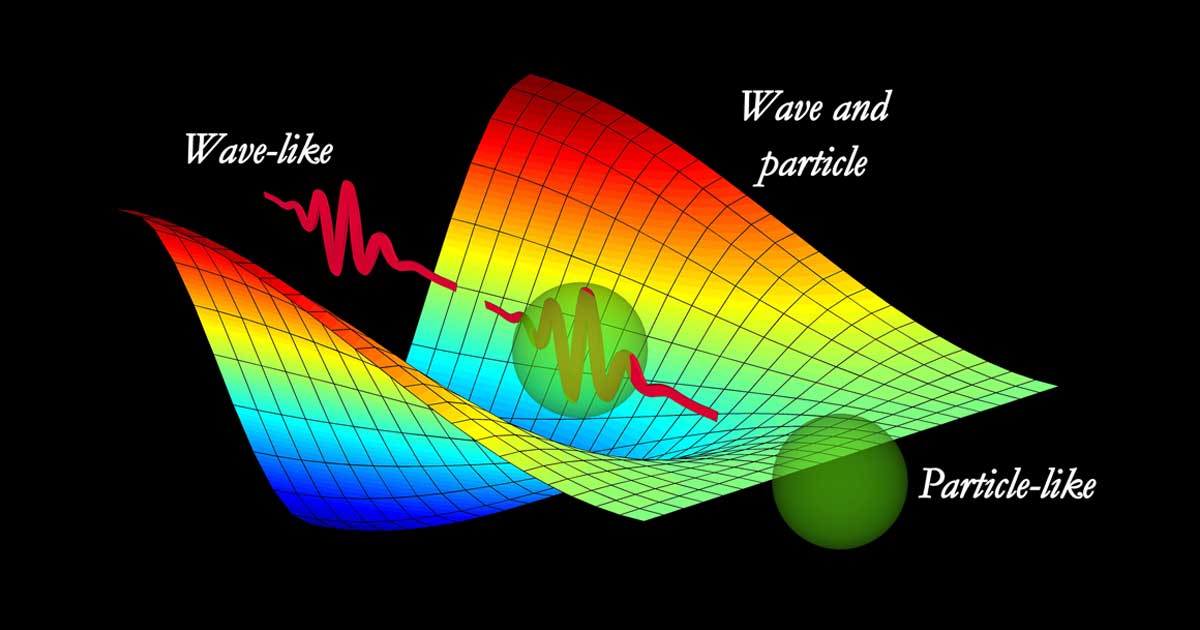
Planck units, based on the reduced Planck constant (ℏ) and Planck constant (h), represent the smallest measurable units in the physical universe.
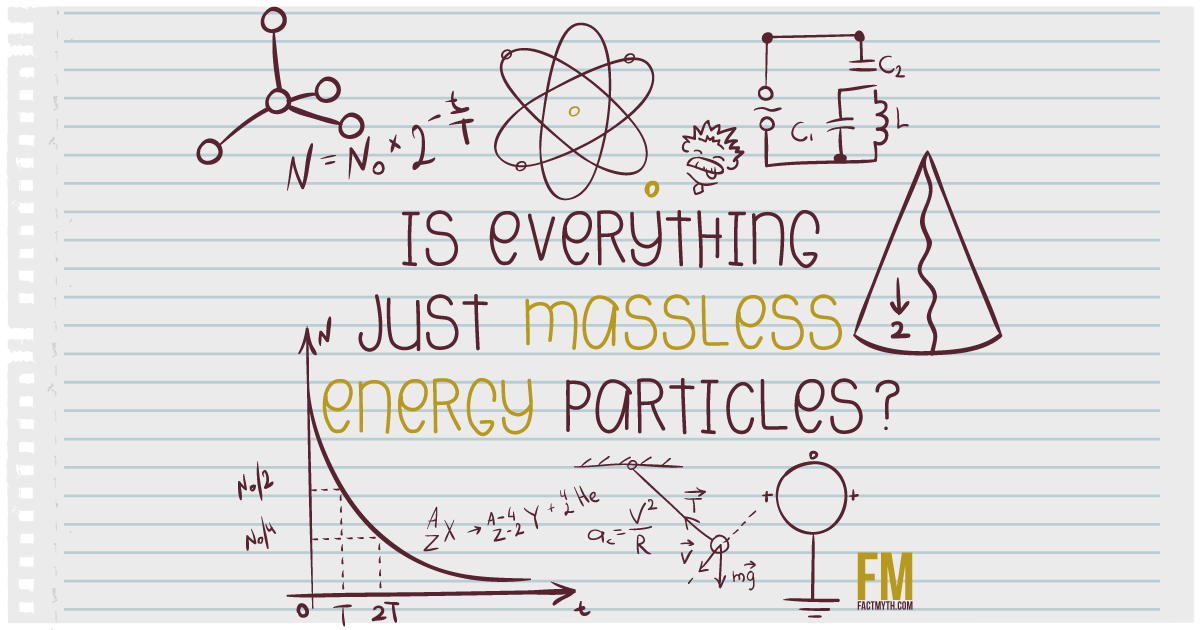
All known particles are either massless energy particles, or are composite particles with mass that are made from massless energy particles.
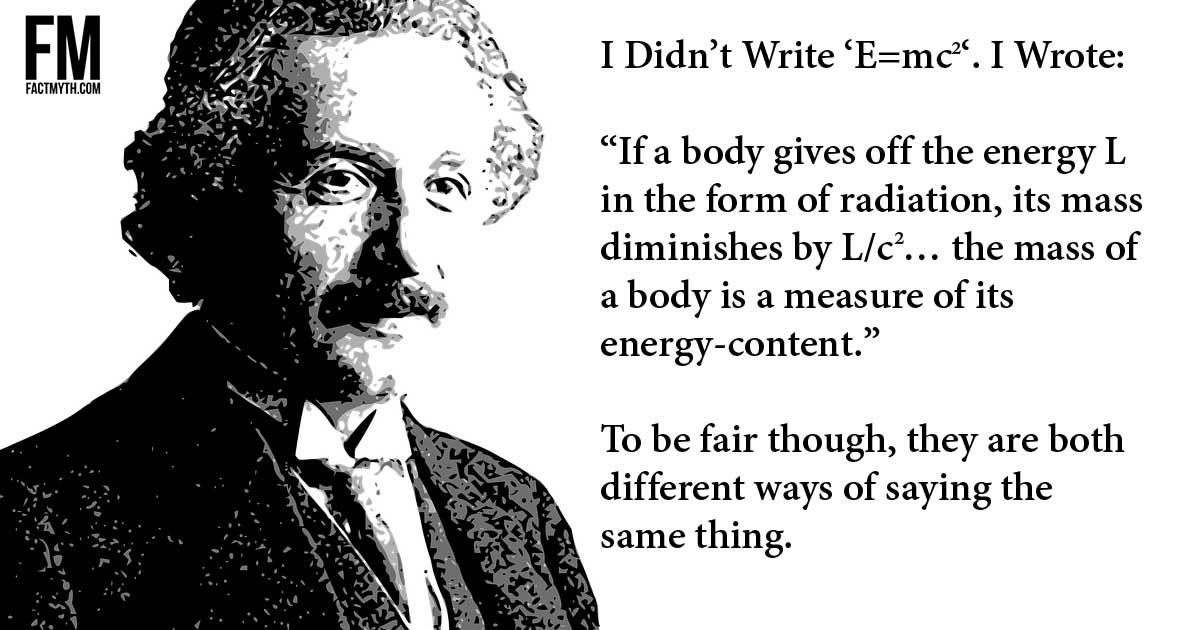
Einstein’s 1905 paper on mass-energy equivalence doesn’t actually say ‘E=mc^2‘ it says, roughly, ‘m=L/c^2‘.